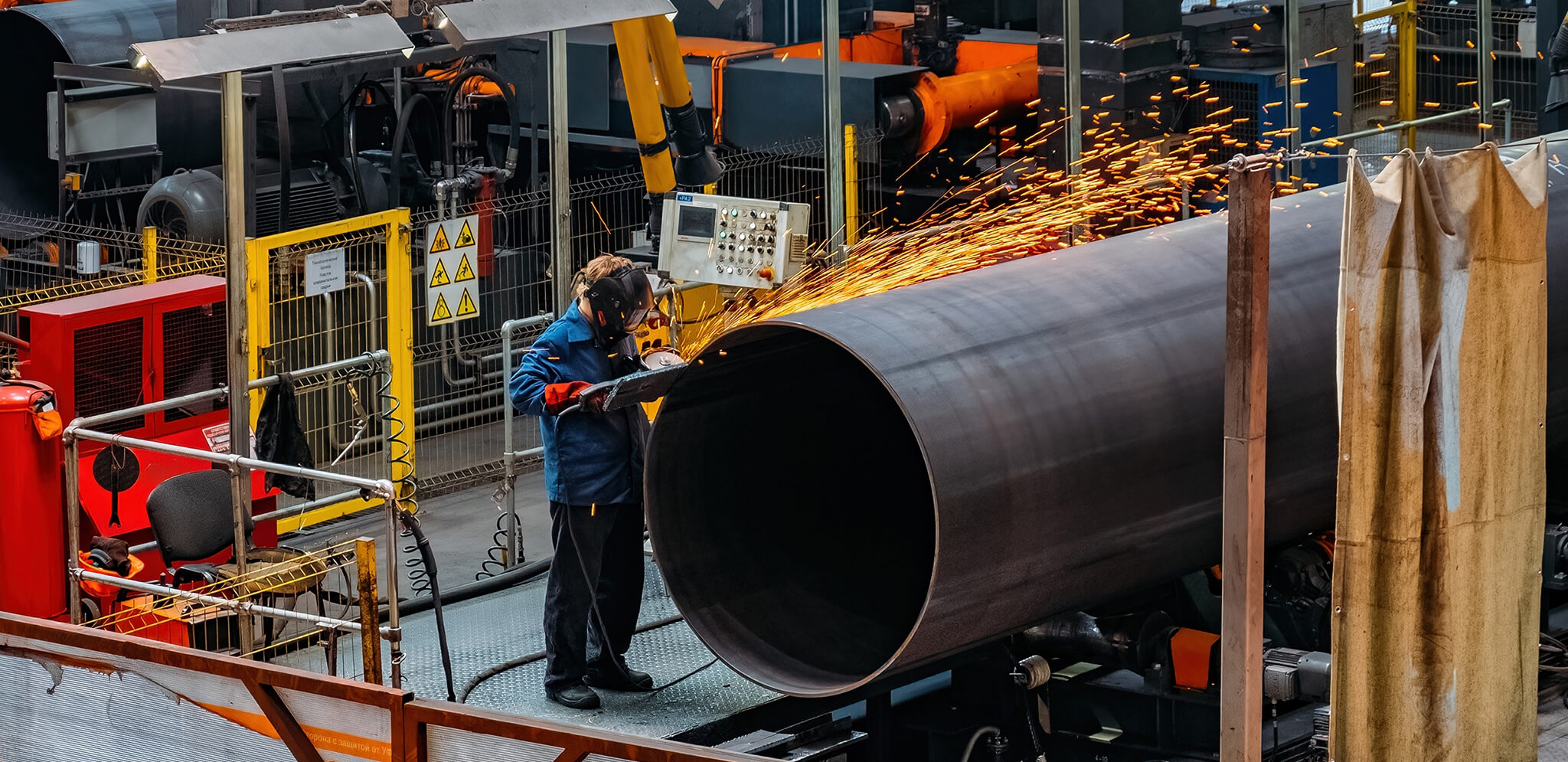Pipe Fittings
Pipe fittings are essential components in the plumbing and piping industry. They connect different sections of pipes, tubes, or hoses, and regulate the flow of fluids, gases, or other materials through them. Pipe fittings come in various shapes, sizes, and materials, and are designed to meet specific requirements in different applications.
Types of Pipe Fittings
There are several types of pipe fittings, each with its own unique function and design. Some of the most common types include:
- Elbows: These fittings are used to change the direction of a pipe or tube. They are available in different angles, such as 45° or 90°, and can be made from various materials, including brass, steel, or plastic.
- Tees: Tees connect three pipes or tubes at a T-junction. They can combine or split the flow of fluids or gases.
- Couplings: Couplings are used to join two pipes or tubes. They can be either permanent or removable, made from materials such as PVC, copper, or stainless steel.
- Adapters: Adapters connect pipes or tubes of different sizes or materials. They can be male or female and can be threaded or unthreaded.
- Valves: Valves control the flow of fluids or gases through a pipe or tube. They can be manual or automatic and designed for specific applications such as regulating pressure or preventing backflow.
Materials Used in Pipe Fittings
Pipe fittings can be made from various materials, depending on the application and the environment in which they will be used. Some of the most common materials include:
- Brass: Brass fittings are durable, corrosion-resistant, and easy to work with. They are often used in plumbing applications where strength and reliability are essential.
- Stainless Steel: Stainless steel fittings are strong, durable, and corrosion-resistant. They are often used in applications with high temperatures or harsh chemicals.
- PVC: PVC fittings are lightweight, easy to install, and resistant to corrosion and chemicals. They are often used in plumbing applications where low cost and ease of use are important.
- Copper: Copper fittings are durable and resistant to corrosion. They are often used in plumbing applications with high pressure or temperature.
Uses of Pipe Fittings
Pipe fittings are used in a wide range of applications across various industries. Some of the most common uses include:
- Plumbing: Pipe fittings are essential components in plumbing systems, where they are used to connect pipes and regulate the flow of water or other fluids.
- HVAC: Pipe fittings are used in heating, ventilation, and air conditioning systems to connect ducts and regulate airflow.
- Chemical Processing: Pipe fittings are used in chemical processing plants to transport corrosive chemicals and regulate their flow.
- Oil and Gas: Pipe fittings are used in oil and gas pipelines to transport crude oil and natural gas over long distances.
Pipe fittings play a crucial role in the plumbing and piping industry, allowing for the safe and efficient transport of fluids and gases. With a wide range of materials and designs available, pipe fittings can be tailored to meet the specific requirements of different applications. Whether you’re working on a plumbing project at home or a large-scale industrial project, understanding the different types of pipe fittings and their uses is essential for achieving a successful outcome.

